 Lady Bird
Lady Bird
Year: 2017
Rating: R
Length: 94 minutes / 1.56 hours
It’s weird to think that 2003 was 15 years ago. As someone who graduated high school in 2004, Lady Bird (2017) hit me right in the nostalgia. While there have been plenty of coming-of-age films over the years, Lady Bird simplifies the experience to a quick-paced trot through the senior year of high school for the titular character (portrayed to great effect by Saoirse Ronan). All the trappings of the coming-of-age story are there, including experimentation with drugs, sex, and alcohol, but done in a way that is still innocent and child-like. In the end, Lady Bird is about independence and defining who we are as individuals.
What really hits home in the narrative of this film is the things we do to make ourselves stand out. From declaring that our name is different from the one our parents gave us to choosing which friends we spend our time with, we inevitably realize that we’re seeking approval and acceptance from others. The trick with these statements of individuality is that they can sometimes backfire, pushing those who already loved us away at the expense of gaining approval from those who could care less about us.
What I found interesting about this film being set during the 2002-2003 school year was how it didn’t stray too much from its focus on Lady Bird. Sure, there were hints about the terrorist attacks on 9/11 and the downfall of tech companies during the dot-com bubble, but they were used more as drivers for sub-plots and didn’t need anything more than a passing mention. There were plenty of sub-plots in Lady Bird, but they never distracted from the main storyline, acting merely as moments to let the audience know what’s happening with the other characters Lady Bird interacts with regularly. Of course, with a scant 94 minutes to cover a year of independence and maturity, these sub-plots needed to be short.
A simple and timeless example of how teens find out who they are, I give Lady Bird 4.5 stars out of 5.

